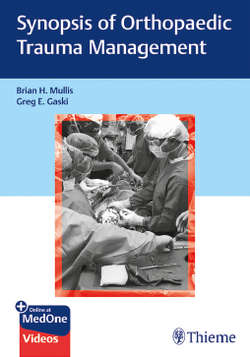Читать книгу Synopsis of Orthopaedic Trauma Management - Brian H. Mullis - Страница 72
Summary
ОглавлениеPolytrauma patients present unique challenges to the orthopaedic surgeon. Patients can have life- and limb-threatening injuries, and timely evaluation, diagnosis, and management are essential. A coordinated effort between emergency room physicians, trauma surgeons, orthopaedic surgeons, and anesthesiologists is critical. A thorough history and physical exam are key to initial evaluation. The primary survey reveals obvious, life-threatening injuries, and the secondary survey requires diligence and a complete head-to-toe examination. “Damage control orthopaedics” can be utilized for severely injured patients who may not be physiologically optimized for lengthy, definitive operations. Provisional skeletal stabilization including splints, traction, and external fixation can decrease pain, blood loss, and local tissue damage while facilitating patient mobilization. “Early appropriate care” may be undertaken for patients who are physiologically and hemodynamically stable. Trends in vital signs and serum lab values can aide in decision-making for timing as well as type of operative intervention.
